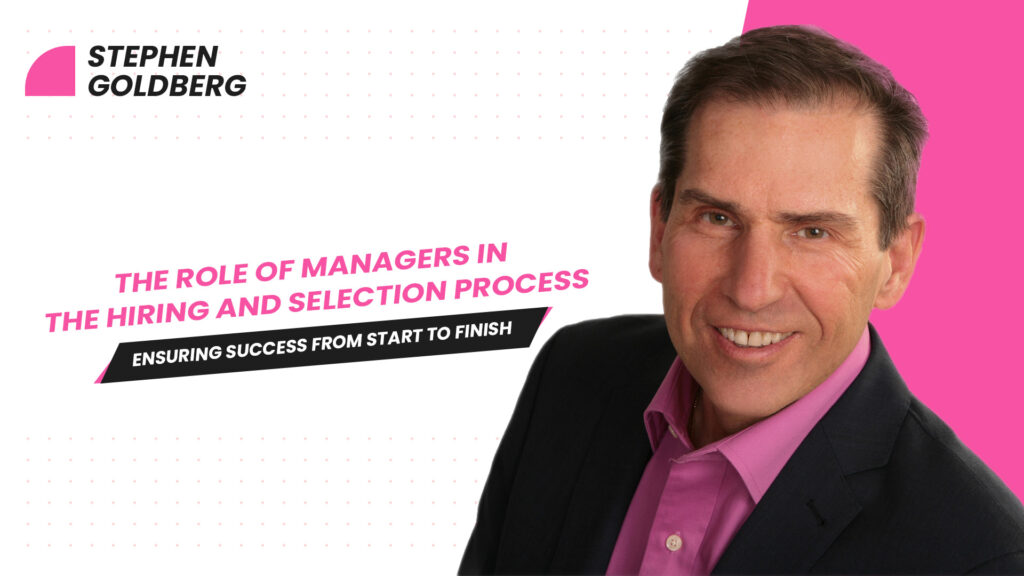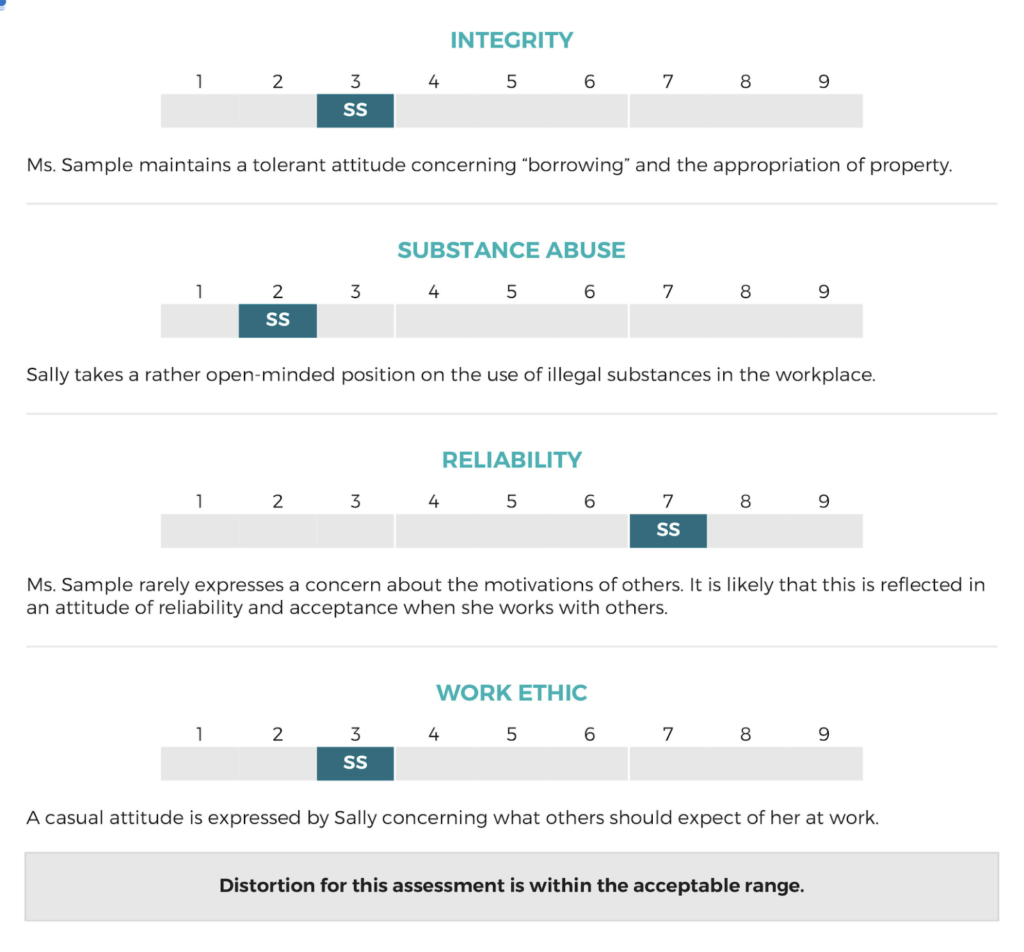
Managers bear the responsibility for ensuring the performance of individuals within their department, as well as achieving the overall results of the department. Consequently, it is crucial to have the appropriate individuals in each position to meet performance objectives and criteria.
Organizational structures and sizes may vary across different organizations. A typical organizational hierarchy consists of the CEO, directors or VPs, managers, and employees or team members. In larger organizations, there would be a greater number of staff at each level, with more managers reporting to directors and so on. Additionally, there may be a VP of HR and a manager of recruiting, indicating the need to understand one’s authority and role in the hiring process.
For structured organizations, the role and authority in the hiring process may already be clearly defined. In contrast, in smaller companies where there may not be directors, and managers report directly to the CEO, it becomes imperative for managers to be extensively involved in the employee selection process.
In my opinion, every manager should actively participate in the selection of employees. Their high level of involvement ensures the right individuals are chosen for the positions, regardless of the organization’s size or structure.
As a manager, here’s what you can do to ensure success with the recruitment process.
The initial step is to create a comprehensive job description. While some companies simply use the job description as the job posting, I feel that it may not be adequate, especially in the current environment where promoting the job is essential.
You need to craft a job posting that serves as a marketing advertisement to be posted on job boards. However, it is essential to have a separate job description as a vital tool. I have a dedicated guide and videos on writing job descriptions that you can refer to. This tool is valuable not only for hiring purposes but also throughout the selection process and even for coaching employees. Additionally, it can be utilized for conducting performance reviews in the absence of an established process.
Remember, the job description should always align with the requirements of the role and be regularly updated to remain current.
Another important aspect to consider is leveraging your network for job marketing. Merely posting the job opening is insufficient. Instead, utilize your team members to promote it within the organization and encourage them to spread the word among their colleagues and contacts in the industry. This can include reaching out to suppliers or other relevant connections. Make it known that you have job opportunities available.
Additionally, take advantage of platforms like LinkedIn, where you can add a “We’re Hiring” label to your profile or make a dedicated post linking to the job description. Utilizing your network effectively is crucial, so it is advisable not to solely rely on job boards for recruitment efforts.
After receiving resumes, the next step is to assess and qualify them. This involves evaluating whether the applicants possess the necessary skills. Some job platforms like Indeed offer a free feature where you can include a skill test as part of the application process. Additionally, you can consider utilizing attitude testing methods.
Personally, I find the Step One survey to be effective in assessing an individual’s attitude, work ethic, and integrity. This survey is a valuable tool that I provide as a service to my clients. It helps to differentiate candidates based on these important qualities.

Once you have narrowed down the resumes, it’s time to conduct interviews. You can choose to have virtual or in-person interviews. Online interviews are increasingly popular due to their efficiency, but as the hiring process progresses, it’s recommended to invite candidates for in-person interviews. Face-to-face interactions provide a better opportunity to assess the person’s suitability for the role and have a more meaningful exchange.
Next, it’s advisable to conduct assessments to determine job fit. Personally, I suggest using the PXT Select psychometric assessment, which I have plenty of videos available for you to learn more about. The timing of the assessment can vary. It can be done before the interview process begins or once you have shortlisted candidates to expedite the hiring process. The assessment helps differentiate how well individuals align with the role based on a performance model, assessing their thinking style, behavioral traits, and occupational interests, matching them to the job description requirements.

After the assessments, you can proceed to the final interviews. During this stage, you will further evaluate the candidates and ultimately make your selection for the position.
In the hiring process, the final step is orientation. Throughout each stage, managers play a crucial role by:
– Ensuring the job description remains up to date and actively participating in writing the job posting.
– Seeking support from colleagues or other resources if needed.
– Reviewing resumes, unless delegated to a trained assistant or another skilled individual within the organization.
– Personally meeting the candidates, even if initial interviews are conducted by someone else.
– Adapting the extent of testing based on the organization’s resources and budget.
The final interview is of significant importance, often involving a team of decision-makers. As a manager, it is vital to be an integral part of this team, contributing insights and making the final hiring decision. Additionally, managers play a crucial role in the orientation process, which consists of two parts: cultural orientation, covering general company policies, and job-specific orientation, requiring direct involvement from the manager to familiarize the new team member with their specific role.
To summarize, managers play a crucial role in every stage of the hiring and selection process. They are responsible for creating accurate job descriptions, conducting interviews and assessments, and facilitating orientation. Their active involvement guarantees the selection of suitable candidates, resulting in successful onboarding and seamless integration within the organization.